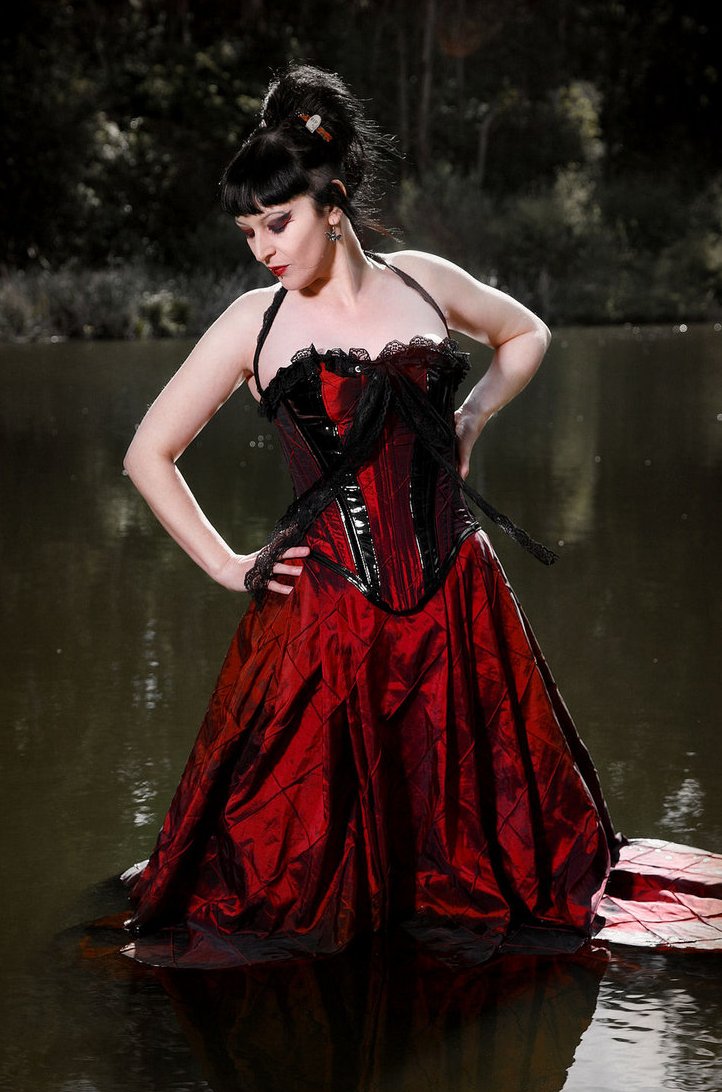Untamed Royal Mistresses in History
The common definition of a mistress is as a man’s permanent female sexual companion and one with whom marriage has not been solemnized. A man-mistress relationship commonly occurs when the man happens to be married officially or at least legally, to another woman. A relationship between a man and his mistress is generally stable and to an extent permanent, going by accounts of historical royal mistresses. Another ideological perception about mistresses, whether royal, noble or common mistress, was that they were kept women. This inferred that they had their expenses paid by the man in form of allowances.
The history of modern civilization is full of examples of royal mistresses who lived richly satisfying lives, by providing entertainment and pleasure for kings and nobles, to whom they were not married. Yet even in these times, mistresses were not like concubines, their difference being that mistresses had no legal attachment with the man. Historical royal mistresses were beautiful women, maintained in lavish standards by Kings and royals, whom they entertained with sexual pleasure and companionship. In historical accounts, these mistresses were not thought of as prostitutes and debased as such, but respected and accepted in the royal family setup though with resentment from the legal wives and their supporters. A trend in such ladies was that most doubled up as a courtesan and a royal mistress.

In the European 17th and 18th Century courts, particularly in Versailles and Whitehall, royal mistresses wielded great power and domineering influence over a king. Kings were also allowed, or rather known, to keep numerous mistresses with one of the royal mistress being the favorite. The French referred to such a lady as the Maitresse en titre. Louis XV of France had one such favorite mistress, the legendary Madame de Pompadour. One thing about Madame de Pompadour and her counterpart Agnes Sorel, the mistress to Charles VII, is that in their respective times, they exerted great influence to the government and in governance. Their relationship was known and accepted by all, and yet remaining an open secret. It is for these reasons why the names of these ladies have gained a place in the annals of history and posterity.
The only Pope to have kept a Mistress in complete violation of the Catholic Church’s celibacy vows was Alexander VI. George II, King of England, kept Mrs. Howard for his entire life.
19th Century Europe’s tightened morals became liberally puritanical, especially in the keeping of royal mistresses. With the church and the law forbidding such arrangements, royal mistresses became far more circumspect and men tried outsmarting morality by keeping a secretive mistress. Historical mistresses mostly exploited the norm of royals marrying from upper class statuses as a rule, making the marriage purely for procreation and not for love. The royals therefore had to find romantic relationships outside marriage to fulfill this gap.
There is a long list of famous historical royal mistresses. In England, royal mistresses of repute included Alice Perrers, the mistress to Edward III, Jane Shore the mistress to Edward IV, Elizabeth Blount the mistress to Henry VII, and Anne Boleyn the mistress to Henry VIII. The Scottish royalty also had its share of mistresses, with the most famous Scottish historical royal mistress being Margaret Erskine, the mistress to James V.
In British history, royal mistresses were as many as can fill a book. However, some of the most reputed ones included Lucy Walter the mistress to Charles I, and Nell Gwynne the mistress to Charles II.

Later on, other British royal mistresses included Catherine Sedley, the Countess of Dorchester and the mistress to James II, Elizabeth Villiers the mistress of William III, Ehrengard Melusine von der Schulenburg, the Duchess of Kendal and Munster and the mistress to George I, Henrietta Howard, the Countess of Suffolk and mistress of George II, Maria Anne Fitzherbert the mistress to George IV, among many other historical mistresses.
Even at the time that the church was very stringent, like in the 19th Century, royal mistresses were still common among the royalty. Over the years such affairs among the royalty, nobles and leaders became more and more secretive, to avoid miscommunication by the Catholic Church. Yet the mistresses withstood. Today also, though more discrete than ever before, royalty and political leaders still keep mistresses in secluded places under allowances. It seems mistress have learnt how to keep out of the public forum. Mistresses have always found a way to beat the day’s moral norms and remain vibrant as through the centuries, totally untamed despite the public prejudice.
